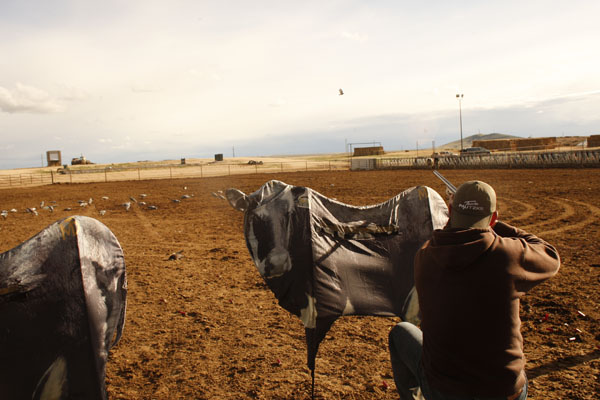
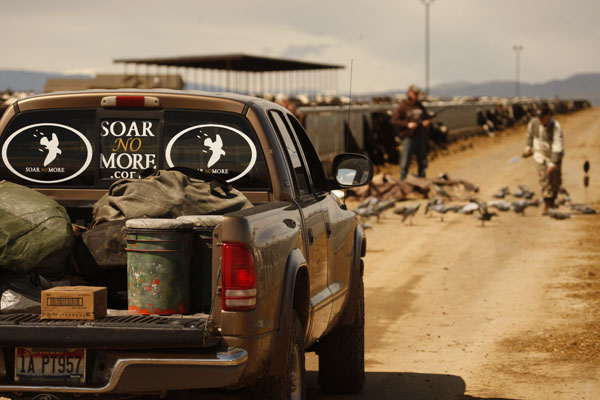
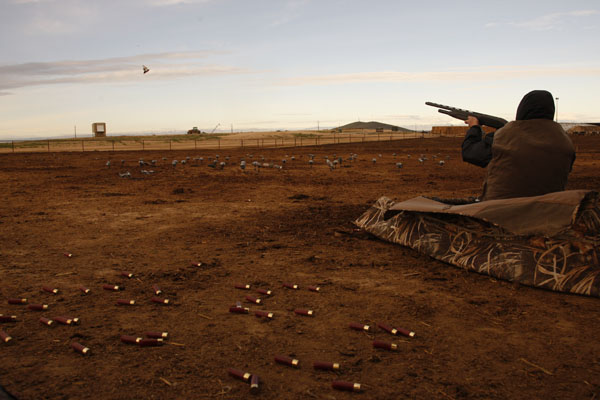
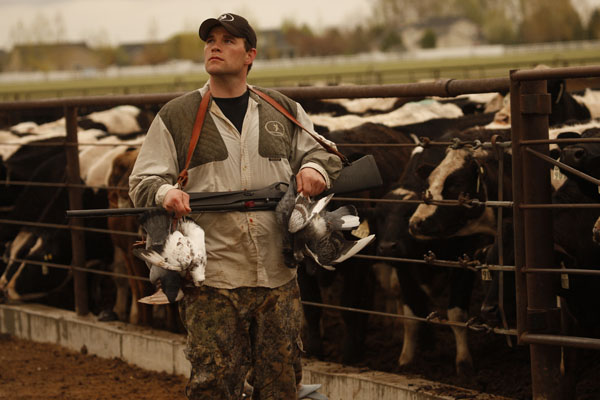
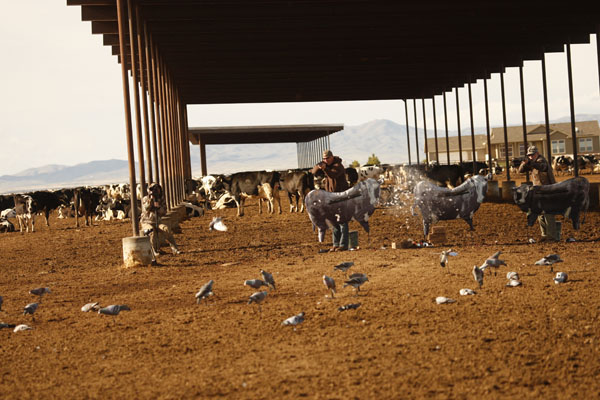
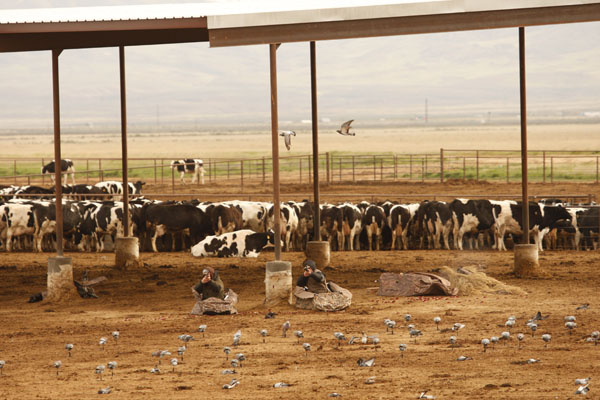
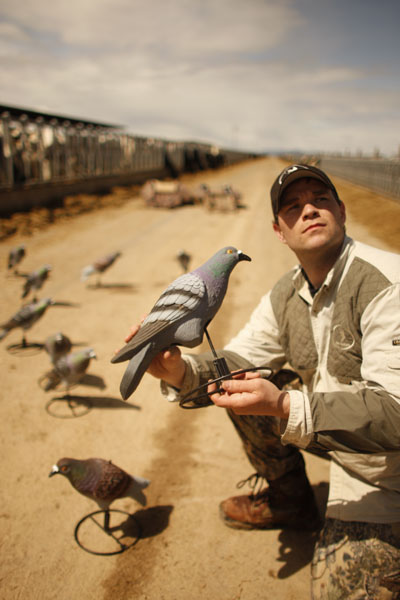
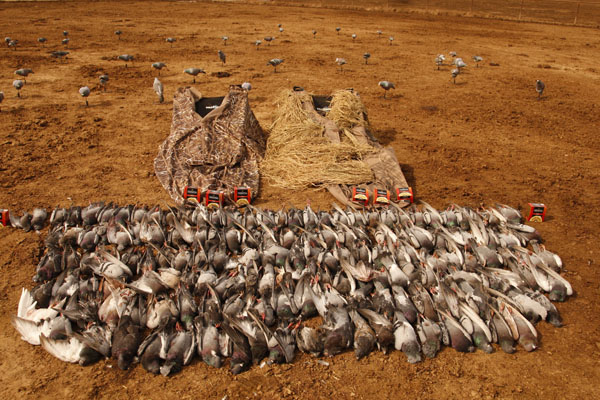
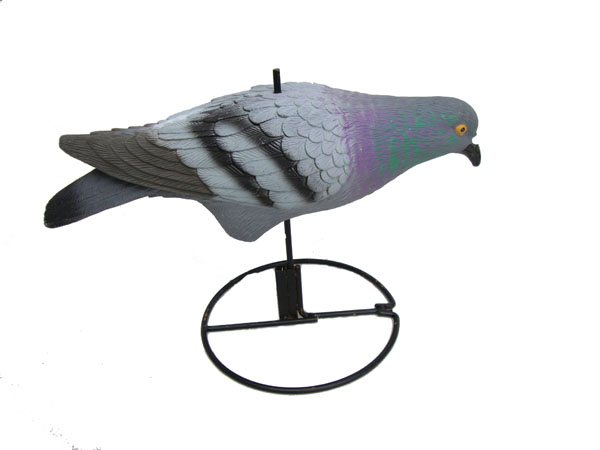
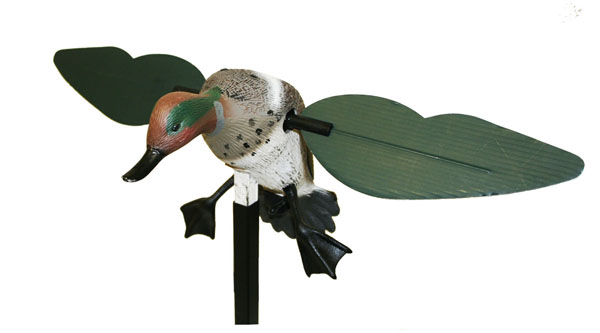
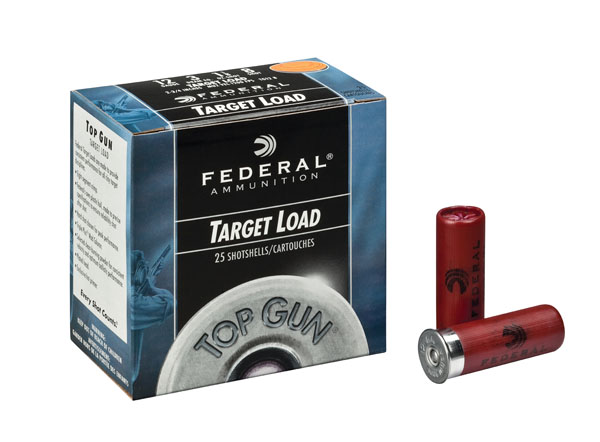
A group of Idaho pigeon hunters hope to rekindle the nation’s interest in backyard wingshooting. Here’s how they bust birds in the barnyard and how you can get started.

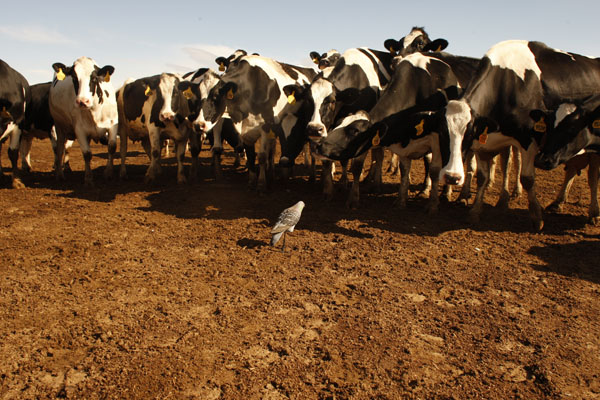
Once you go rats, you'll never go back. Flying rats, that is. Dirt turkeys. Rock doves. Pigeons. At least that's Neal Hunt's perspective. Hunt is a relentless advocate for what he says is the most neglected shooting sport in America: hunting the millions of feral pigeons that roost in barns, strut city sidewalks, and descend like winged clouds on dairies, feedlots, and fields from Tallahassee to his home in Boise, Idaho. In fact, Hunt is so sure that you're a pigeon-hunter-in-waiting that he's willing to make an audacious claim.











A group of Idaho pigeon hunters hope to rekindle the nation’s interest in backyard wingshooting. Here’s how they bust birds in the barnyard and how you can get started.